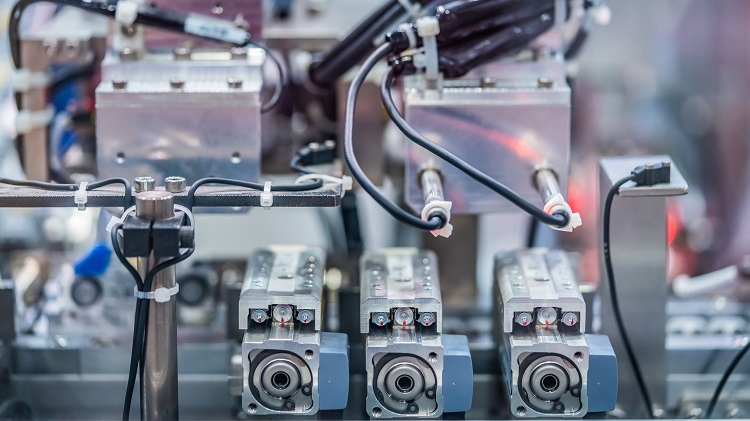Sensor Technology is Changing the Plastics Industry

Obtaining information about what is going on inside your tooling and parts used to be difficult, but that is changing. Sensor technology for injection moldings has come a long way in the past few years and continues to evolve. We now have more insight into our tooling processes than ever before.
There are two basic kinds of sensors that can help you figure out what actually happens inside the cavity during the ejection process: pressure sensors and temperature sensors.
Pressuresensors. In injection molding, pressure sensors can give you instant feedback on sink, short shots, excess flash, part voids, or dimensional accuracy issues. On multi-cavity molds, they can help you deal with part warp and inconsistency issues from one cavity to the next.
To get the full benefit of pressure sensors, you need to include them in the design of your mold. To make sure you are picking the right pressure sensor for your type of mold, ask yourself the following questions:
- Where will the sensor be installed?
- Should you place the sensor behind a core pin or an ejector pin?
- What kind of room do you have for the sensor?
- At what temperature are you operating the mold, and what is your ejection pressure?
Making sure these questions are answered up front can save you money in the long run. You can eliminate reworking on your tooling or delays in tool building by knowing what sensors are best for your application. The biggest advantage of pressure sensors is that you get real-time data, which can help ensure you have a better quality product and a happier customer.
Temperature sensors. With temperature sensors, you have two basic options: in-die sensors, which you should also consider at the time of the design, or external readers.
In-die sensors:
- Resistance temperature detector(RTD) sensors work on the principle of electrical resistance change in pure metals. The electrical resistance of materials changes with temperature. This change in electrical resistance is converted to a temperature degree reading, telling you the actual temperature at the sensor location. RTDs are costly, but are also the most accurate real-time, remote mentoring option..
- Thermocouple sensors work on the principle that each metal has differences in how current and voltage flow through it. In a thermocouple, two dissimilar metals are joined on one end. As temperature changes, the flow of current and voltage is impacted differently in each metal. The difference between the two metals is then converted to read out in degrees, giving you the temperature at the location of the sensor.
External die reader:
- Infrared temp readers, which look like pistols, are manually aimed at the object that you want to get the temperature reading from. To ensure you are targeting the right part or area, a laser beam with a red dot is often directed onto the target. The reader detects infrared emission/radiation from the part and converts it to a temperature degree reading. Infrared readers do not need to be installed in the die or at the machine. The biggest advantages are their low cost, portability, and flexibility—they can be used not only on your ejection tooling or parts, but also to read temperatures in electrical cabinets or other areas of your plant. The biggest drawback of infrared temp readers is that you only get readings while using the device.
If you want to closely monitor your die pressure and temperatures remotely to ensure your process is consistent and controlled, in-die pressure and temperature sensors are the way to go.
With sensor technology making leaps and bounds, you may want to start thinking about connecting your drying oven, hopper, and tooling sensor to central units that can be monitored from remote locations. This can be part of your path toward moving your business to the digital age.
An insurance company that cares about you and insuring the things you wish to be insured.
Get a Quote> Find an Agent>

